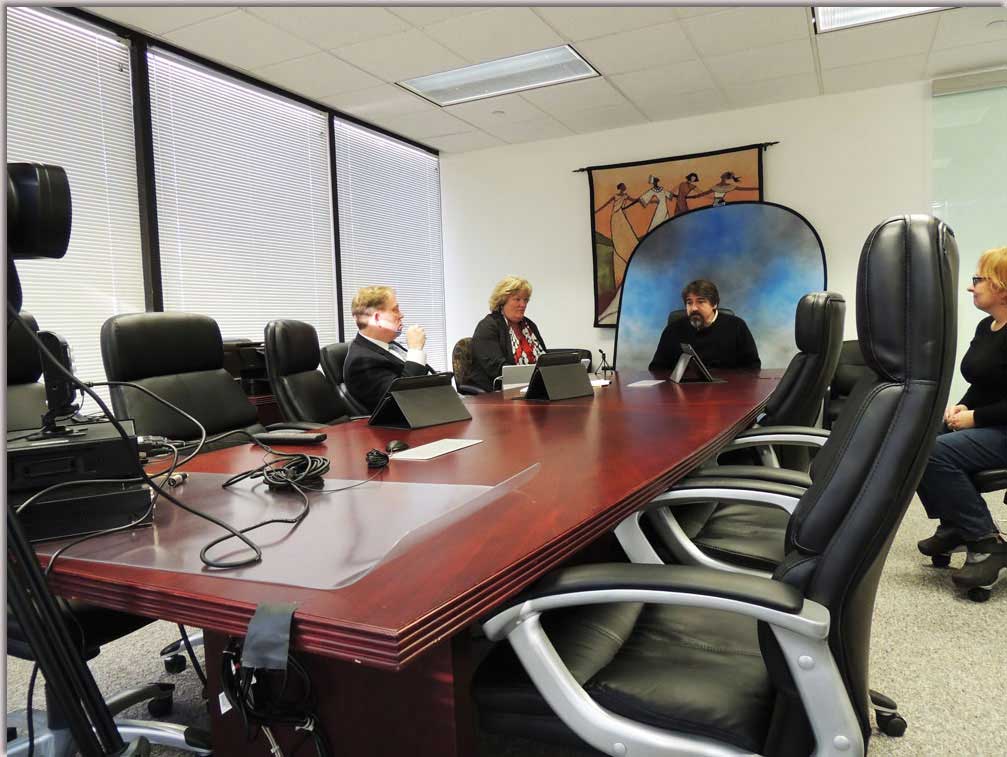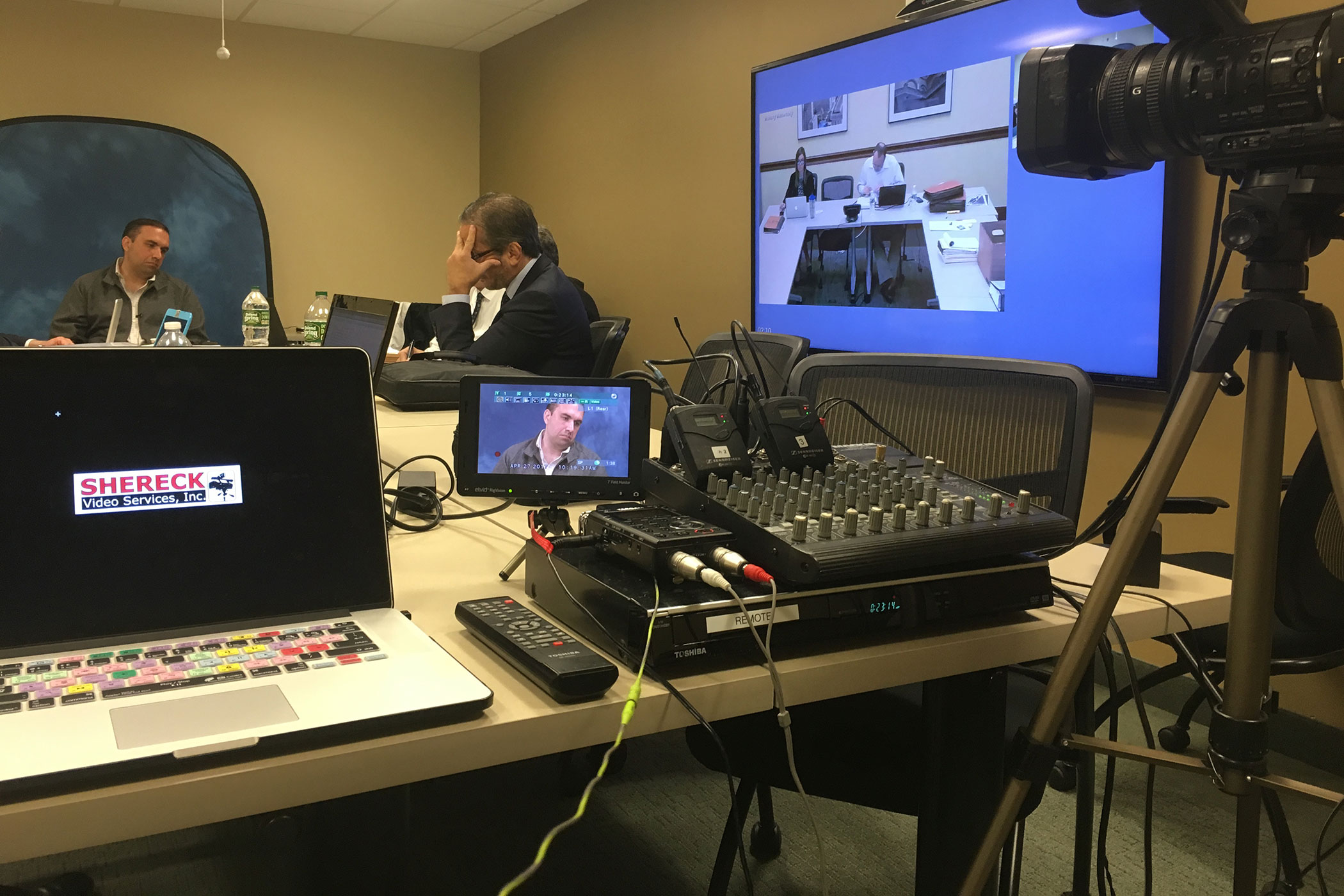Legal Videography: Changing the Means Proof is Caught and Provided
Legal Videography: Changing the Means Proof is Caught and Provided
Blog Article
Looking Into the Systems of Legal Videography: Unveiling Its Operation in Shielding Genuine Aesthetic Statement for Judicial Process
In the world of judicial procedures, the duty of legal videography stands as a keystone in protecting and offering visual proof. As technology proceeds to advance, the systems behind legal videography have come to be progressively detailed, providing a crucial layer of authenticity to testaments captured on video.
Historical Advancement of Legal Videography
Taking a look at the historic progression of lawful videography discloses a significant improvement in the recording and presentation of visual evidence within the lawful landscape. In the past, lawful proceedings heavily depended on created transcripts and photographs to record events and offer evidence. With the advent of video clip modern technology, the legal market witnessed a standard shift in exactly how visual testimony was caught and provided.
The development of legal videography can be traced back to the late 20th century when improvements in video clip recording equipment made it extra available for usage in courtrooms. This technological innovation not only enhanced the accuracy and reliability of aesthetic proof however likewise revolutionized the method instances existed to courts and juries (Legal Videography). Attorneys began to recognize the convincing power of video recordings in sharing emotions, subtleties, and non-verbal hints that created transcripts or pictures alone could not record properly

Modern Technology Advancements in Video Clip Documentation
What key technical improvements have changed video clip documents in the legal field? The legal area has actually seen considerable improvements in video paperwork technology that have actually boosted the authenticity and integrity of aesthetic evidence in judicial process.
Moreover, advancements in video clip security and watermarking technologies have boosted the protection and tamper-proof nature of video proof, safeguarding it against unauthorized modifications or meddling. Additionally, the arrival of cloud storage options and remote accessibility capabilities has streamlined the storage space, retrieval, and sharing of video evidence, promoting smooth collaboration among attorneys and ensuring effective accessibility to essential visual testimonies when needed. These technical innovations in video clip documents have actually certainly transformed the legal field, enhancing the accuracy, trustworthiness, and admissibility of visual evidence in judicial proceedings.
Role of Legal Videographers in Court Room Setups
The advancement of video clip paperwork modern technology in the legal field has necessitated an important duty for lawful videographers in court room settings, ensuring the honesty and dependability of visual testaments provided throughout judicial procedures. Lawful videographers play an essential role in recording and protecting accurate visual proof that can be essential in litigation. Their duty encompasses establishing devices, recording procedures, and producing high-grade videos that properly show the occasions in the court.
Furthermore, lawful videographers typically function very closely with lawful teams to make sure that the video evidence lines up with the situation's needs and can be effectively presented in court to support the legal arguments being made. Generally, the duty of lawful videographers in court room setups is important in promoting the concepts of justice and making certain the openness of lawful process. Legal Videography.

Ensuring Admissibility and Honesty of Video Proof
To maintain the credibility of visual proof offered in lawful procedures, ensuring the admissibility and integrity of video clip proof is a critical responsibility for legal videographers. Admissibility describes the approval of evidence by the court, and for video proof to be admissible, it needs to fulfill particular criteria. Lawful videographers play a crucial role in making sure that the video clips they record follow the regulations of proof, such as importance, reliability, and authenticity.
Honesty of video clip proof includes maintaining the originality and precision of the footage from the moment it is videotaped till it exists in court. This consists of firmly storing the video files, recording the chain of guardianship, and avoiding any kind of meddling or modifications. Legal videographers must stick to strict protocols to assure the honesty of the video evidence and prevent any challenges to its credibility.
Future Trends in Legal Videography
Provided the enhancing reliance on technology in lawful process, legal videographers are positioned to welcome cutting-edge improvements shaping the future of aesthetic statement capture and presentation. Among the popular fads imminent is the assimilation of virtual reality (VIRTUAL REALITY) and enhanced reality (AR) modern technologies right into lawful videography. These innovations have the potential to change exactly how visual evidence exists in courts, allowing courts and juries to immerse themselves in the scene of the criminal activity or event.
In addition, using expert system (AI) algorithms for video evaluation is anticipated to enhance the procedure of evaluating and assessing big quantities of video footage. AI can help in identifying crucial minutes, anomalies, and patterns within videos, boosting the efficiency of legal examinations.

Conclusion
In verdict, legal videography has actually played an important duty in providing genuine visual proof for judicial proceedings. With technical advancements and the expertise of lawful videographers, the honesty and admissibility of video proof are made sure in courtroom setups. As lawful videography remains to progress, it will be vital to promote standards that preserve the precision and reliability of aesthetic statement for the future of lawful proceedings.
Analyzing the historic development of lawful videography reveals a considerable makeover in the capturing and presentation of aesthetic evidence within the lawful landscape.The advancement of video clip documentation innovation in the legal field has actually demanded a crucial role for legal videographers in courtroom setups, making certain the this hyperlink integrity and reliability of visual testimonies provided throughout judicial process. In addition, lawful videographers often function closely with lawful groups to ensure that the video proof straightens with the instance's needs and can be effectively presented click in court to support the lawful arguments being made.To keep the reputation of aesthetic proof provided in lawful procedures, making sure the admissibility and honesty of video clip evidence is a vital obligation for legal videographers. As legal videography proceeds to advance, it will certainly be crucial to promote requirements that preserve the accuracy and reliability of aesthetic testament for the future of legal proceedings.
Report this page